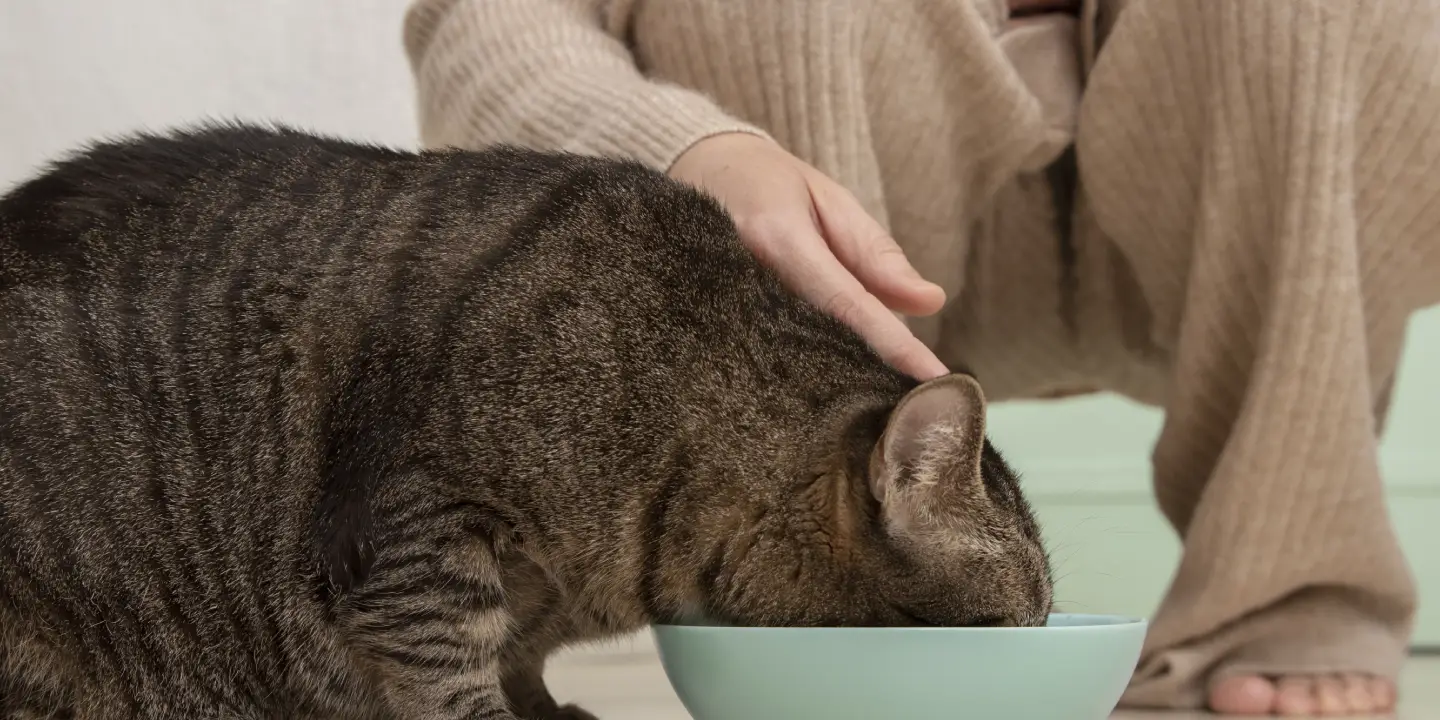Introducing your pet into your life means embracing all aspects of care, including their health and safety. One critical aspect of keeping your pet healthy is safeguarding them against rabies. This deadly virus poses a severe threat to both pets and their owners, but with the right knowledge and steps, you can effectively protect your pet from rabies. Our guide, “4 Steps to Protect Your Pet Against Rabies,” provides essential information and practical steps to prevent this dangerous disease. From understanding how rabies spreads to implementing preventative measures, this article is designed to arm pet owners with the knowledge they need to ensure their pets live long, healthy lives free from rabies. Follow these four comprehensive steps to maintain not just the health of your pet, but also the safety of your community.
Rabies is a deadly virus that poses a serious threat to both animals and humans. As a responsible pet owner, it’s essential to take proactive steps to protect your pet against rabies. While the virus is preventable, it can spread quickly through the bite or scratch of an infected animal. Ensuring your pet is vaccinated is the first and most critical defense. Regular veterinary check-ups, avoiding contact with wild animals, and understanding the symptoms of rabies are also key measures to reduce risks. In this guide, we’ll walk you through four practical steps to keep your furry companion safe from this dangerous disease. By following these steps, you can greatly reduce the risk of exposure and ensure your pet stays healthy. Learn how to protect your pet against rabies with these straightforward tips.
The word “rabies” tends to conjure up some frightening images in the mind’s eye. Rabies is a zoonotic disease, meaning that it can be transmitted from animals to humans. That makes it particularly dangerous. Luckily, rabies has been all but eliminated in the United States, and many other parts of the world, because of modern vaccination and wild animal control measures. Even so, you’ll still need to take the proper precautions to make sure your pet stays safe. Here’s how:
Vaccinate your pet
To protect your pet from rabies, ensure their core vaccinations include the rabies vaccine. Serving as the primary defense against the rabies virus, this vaccine is administered to puppies and kittens starting around three months of age. After the initial dose, follow-up booster shots are necessary before settling into a routine of rabies vaccinations every three years to maintain immunity.
If your pet needs the rabies vaccination, or if you’re unsure whether or not they have already gotten this vaccine, call your vet’s office right away.
Supervise while outdoors
The rabies virus spreads via bites from infected animals. Keep a close eye on your pet when they are outdoors, and try to keep them from encountering any wild animals, like raccoons or opossums. Keep your dog leashed when you go on walks, and don’t let Fido stray too far. If you live in a wooded area, or anywhere that wild animals may pass through, do not let your furry buddy outside unsupervised.
Spay and neuter
To protect your pet from rabies, consider spaying or neutering them. This procedure significantly curbs their desire to roam and seek mates, which in turn drastically reduces their chances of encountering wild animals that may carry the rabies virus. By keeping your pet closer to home, you not only prevent the stress of a potential loss but also safeguard them against this deadly disease.
Watch for Signs of Illness.
Keep an eye out for symptoms of rabies. These include lethargy, loss of appetite, light and touch sensitivity, fever, and uncharacteristic aggressive behavior. Seizures and paralysis can occur if the disease progresses. Tell your veterinary professional immediately if you see these signs.
Protect Your Pet from Rabies in 2025: Understanding Symptoms and Diagnosis
What are the specific symptoms of rabies in cats and dogs?
Rabies symptoms in cats and dogs typically begin with changes in behavior, such as increased agitation or aggression, combined with excessive drooling and a notable change in bark or meow. As the virus progresses, pets might show heightened sensitivity to light and touch, loss of appetite, and lethargy. In advanced stages, rabies can cause seizures, paralysis, and ultimately, death. Early detection and veterinary intervention are vital for managing these symptoms and preventing the spread of the virus.
How is rabies diagnosed in animals?
Rabies in animals is diagnosed through clinical signs and confirmatory laboratory tests. Observable symptoms like aggression, paralysis, and excessive salivation prompt a veterinary examination. For a definitive diagnosis, laboratory analysis, such as the direct fluorescent antibody test (dFA), is performed on brain tissue post-mortem. This test identifies rabies virus antigens with high accuracy. In living animals, diagnosing rabies is challenging, but samples from saliva, serum, or spinal fluid can sometimes be used for testing in specialized circumstances.
What is the incubation period for rabies?
The incubation period for rabies varies widely but typically ranges from three weeks to three months in domestic animals, though this can extend longer depending on factors like the location of the virus entry and virus strain. In humans, this period can also be extended, making early vaccination and medical consultation critical following a potential exposure. Swift action is advised as symptoms onset generally indicates an irreversible progression towards fatal outcomes.
What are the current global efforts to eliminate rabies?
Efforts to eliminate rabies globally are primarily focused on vaccination and animal control strategies. These initiatives aim to vaccinate dogs, which are the main transmitters to humans, alongside efforts to manage stray populations. World Health Organization (WHO) collaborations with countries have set a target to end human deaths from dog-mediated rabies by 2030. This approach involves widespread vaccination campaigns, public education to avoid animal bites, and enhanced access to post-exposure prophylaxis. Regions such as Latin America have seen significant success, dramatically reducing cases through these sustained efforts.
How effective are rabies vaccines, and what are the potential side effects?
Rabies vaccines are highly effective in preventing the disease in pets, significantly reducing the risk of transmission to humans as well. Typically administered to puppies and kittens from three months old, these vaccines require periodic boosters to maintain immunity. Common side effects are usually mild and can include soreness at the injection site, fever, and lethargy. Rarely, pets might experience more severe reactions like allergic responses. It’s crucial to discuss vaccination schedules and observe pets post-vaccination to address any concerns promptly with a veterinarian.
All things considered, the risk of rabies is very low for your pet. But make sure to take the right steps to keep it that way. Call your vet’s office in Pacheco, CA for help!







